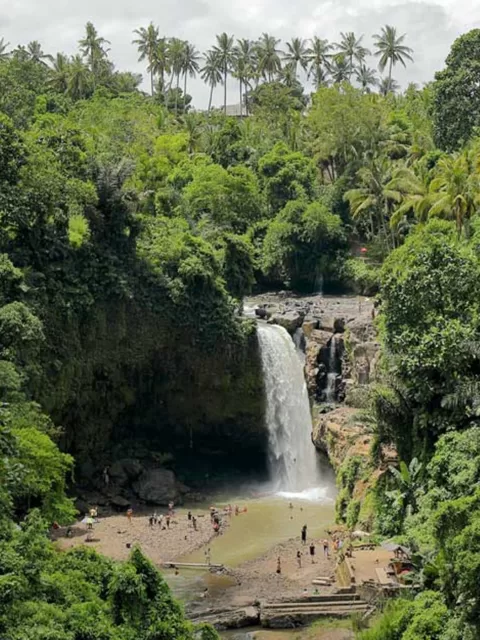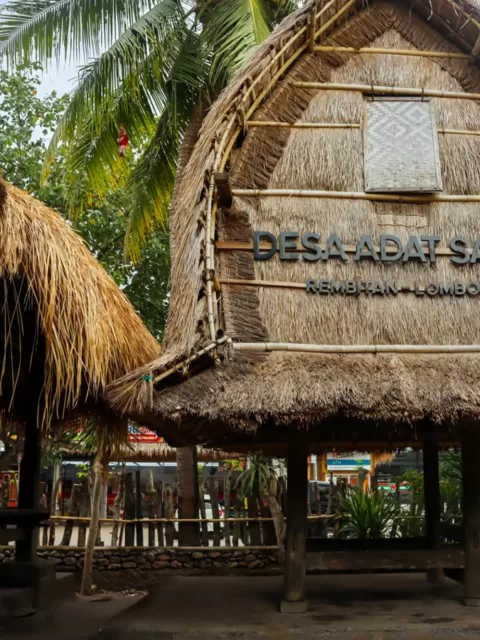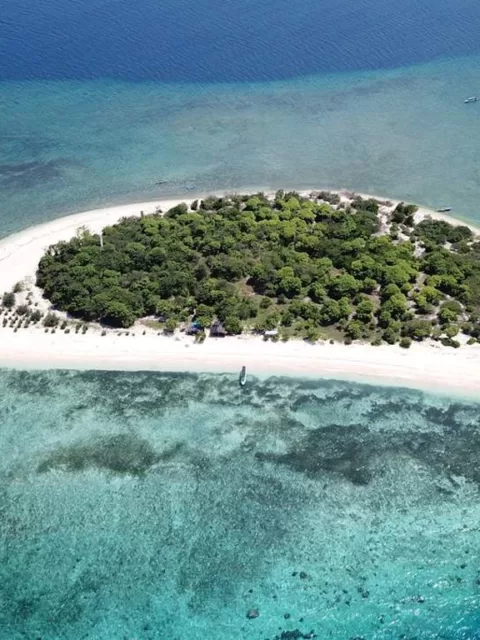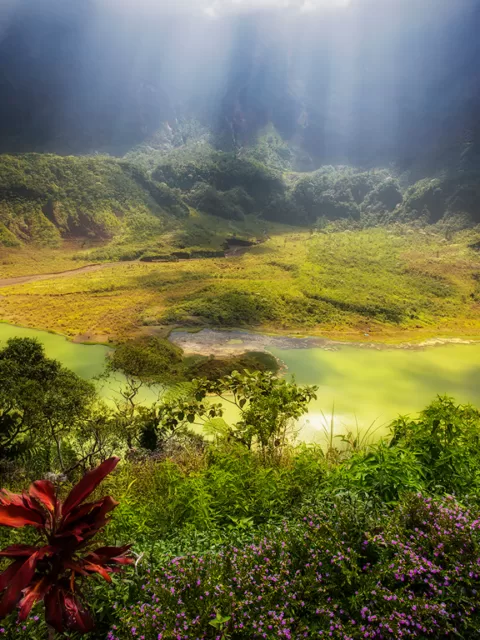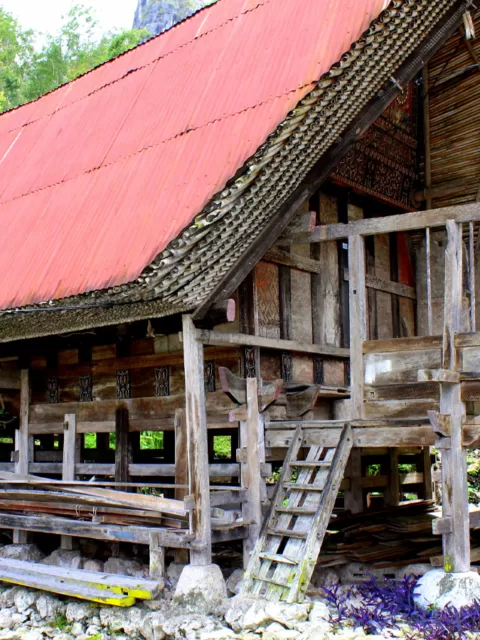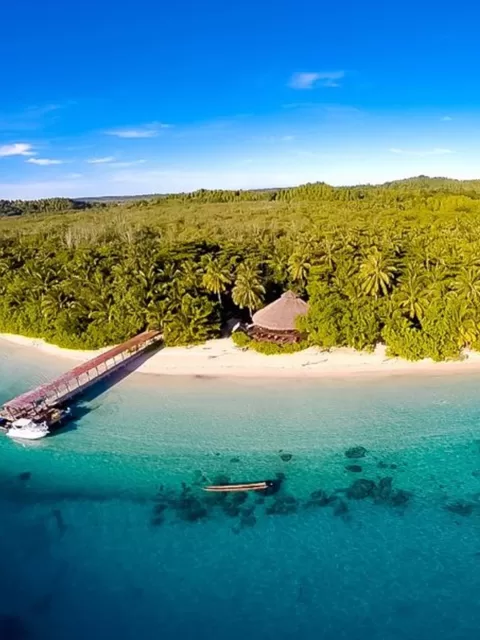Batak Brilliance Diving into the Rich Tapestry of Suku Batak’s Heritage and Traditions
I. Introduction
A. Brief Introduction to the Batak People (Suku Batak)
Dwelling predominantly in the North Sumatra region, the Batak people, often referred to as Suku Batak, are one of the eminent ethnic groups of Indonesia. Revered for their rich history, vibrant culture, and profound indigenous heritage in Indonesia, the Batak community holds a significant position amongst the many tribal cultures of Indonesia.
B. Significance of Batak Culture in the Context of Indonesia Travel
For tourists and travelers, the Batak regions unfurl a canvas of cultural diversity in Indonesia, showcasing ancestral practices of Indonesian tribes that have been preserved for generations. Their unique traditions, languages, art forms, and rituals stand as testament to the ethnolinguistic groups in Indonesia, making their culture an integral part of the Indonesian travel narrative.

II. Historical Background
A. Historical Origins and Migration of the Batak People
The Batak people trace their origins to ancient times, with their migration tales narrated through indigenous storytelling in Indonesia. Passed down through generations, these stories offer insights into their journey, settlements, and cultural evolutions.
B. Connection Between Batak Culture and Indonesian History
Batak culture, with its indigenous languages and customs, has intertwined seamlessly with the broader Indonesian historical tapestry. Their significant influence on the nation’s socio-political and cultural realms showcases the importance of indigenous communities in Indonesia.
C. Influence of Batak Culture on Modern Indonesia Travel
In the realm of modern Indonesia travel, the Batak regions beckon travelers with their rich heritage, indigenous art and crafts, and vibrant festivals. Their customs and traditions, intertwined with the picturesque landscapes, offer a holistic travel experience, resonating with Indonesia’s ethnographic diversity.

III. Diversity Within Batak
A. Different Batak Tribes and Subgroups
The term “Batak” encompasses several tribes and subgroups, including the Toba, Karo, and Mandailing, each boasting its distinct language, customs, and traditions, thus enriching the ethnic identities in Indonesia.
B. Geographical Distribution of Batak Communities
The Batak communities are primarily settled around Lake Toba and its surrounding regions in North Sumatra. These settlements, with their unique terrains and vistas, are a testament to the community’s harmonious existence with nature.
C. Unique Cultural Aspects of Specific Batak Tribes
Each Batak tribe brings its own cultural nuances, enhancing Indonesia travel experiences. For instance, the Toba are renowned for their traditional houses, while the Karo are celebrated for their dance and music. These diverse cultural elements are a magnet for travelers seeking a deep dive into Indonesia’s cultural mosaic.

IV. Batak Traditions and Customs
A. Overview of Traditional Batak Practices
At the heart of Batak culture lie their ancestral practices, deeply rooted in their belief systems and societal structures. Their way of life, reflecting the traditional Indonesian tribes’ ethos, revolves around nature, spirits, and communal bonding.
B. Rituals, Ceremonies, and Festivals
The Batak calendar is punctuated with myriad rituals and ceremonies, emphasizing their native customs and rituals in Indonesia. These events, such as the traditional Batak wedding or the harvest festival, offer glimpses into their vibrant cultural realm.
C. Indigenous Art and Crafts of the Batak
Batak art, predominantly characterized by intricate wood carvings, textiles, and musical instruments, is a significant draw for tourists. These indigenous crafts narrate tales of their history, beliefs, and traditions, thus enhancing the cultural quotient of Indonesia travel.

A. Traditional Batak Dishes and Recipes
Batak cuisine, a delightful culinary chapter of Indonesia, is a testament to the traditional knowledge of Indonesian tribes. Signature dishes like Saksang (a spicy meat dish) and Tangkol (a fish dish) offer a delectable taste of their rich gastronomic heritage.
B. Culinary Experiences for Travelers
A journey through Batak lands is incomplete without indulging in their traditional feasts. Community meals, prepared with age-old recipes, provide travelers a unique gastronomic experience, highlighting the culinary diversity in Indonesia.
C. The Role of Batak Cuisine in Enhancing Indonesia Travel
For food enthusiasts, Batak cuisine is more than just flavors; it’s a narrative. Each dish, with its ingredients and preparation methods, tells a story of their culture, making it an integral facet of Indonesia travel.

VI. Batak Villages and Homestays
A. Authentic Batak Village Experiences for Tourists
A sojourn to a traditional Batak village is a journey back in time. With traditional houses, serene landscapes, and the hum of daily activities, these villages offer tourists an unadulterated view of Batak life.
B. Staying in Batak Homestays
Opting for a Batak homestay is a doorway to cultural immersion. Living with a Batak family, sharing their meals, and partaking in their daily chores offer travelers an intimate understanding of their way of life.
C. Immersion in Daily Life in Batak Communities
From engaging in traditional fishing methods to partaking in community celebrations, immersing oneself in Batak daily life is the quintessence of experiential Indonesia travel, promising memories that resonate long after the journey concludes.

VII. Adventure and Nature Tourism
A. Adventure Opportunities in Batak Regions
The Batak landscapes, with their undulating terrains, pristine lakes, and dense forests, beckon adventure aficionados. Activities such as trekking, boating, and wildlife spotting promise adrenaline-pumping experiences.
B. Batak’s Contribution to Eco-Tourism Initiatives
With their intrinsic bond with nature, the Batak communities have been at the forefront of eco-tourism in Indonesia. Their initiatives, focused on sustainability and community participation, underscore the symbiotic relationship between man and nature.
C. How Batak Culture and Natural Beauty Enhance Adventure and Eco-Tourism in Indonesia
The blend of Batak culture, with its tales, traditions, and practices, coupled with the region’s natural splendors, amplifies the eco-tourism experience in Indonesia. It promises travelers an adventure interwoven with cultural insights and nature’s marvels.

VIII. Conservation and Sustainability
A. Efforts to Preserve Batak Culture and Environment
With the winds of modernization sweeping across, there’s a renewed emphasis on conserving Batak culture and their pristine habitats. Initiatives that focus on cultural preservation and environmental conservation are steadily gaining momentum.
B. Collaborative Initiatives with Tourists in Conservation
Travelers have a role in this conservation narrative. By opting for eco-friendly travel choices, participating in community projects, and imbibing a sense of respect for local customs, tourists can contribute to the conservation story.
C. The Balance Between Tourism and Cultural Preservation in Indonesia Travel with Batak Communities
Tourism, though beneficial, brings along challenges. Balancing the economic gains from tourism with the imperatives of cultural preservation is a delicate act, necessitating conscious efforts from all stakeholders.

IX. Challenges and Concerns
A. The Impact of Modernization on Batak Culture
The surge of modernity poses threats to Batak traditions. From eroding traditional practices to influencing younger generations, the tussle between retaining authenticity and embracing modernity is palpable.
B. Ethical and Responsible Tourism Practices in Batak Regions
Ethical tourism, grounded in respect and understanding, is imperative. Ensuring that the Batak regions aren’t merely tourist destinations, but places of cultural exchange and learning, is crucial for sustainable travel.
C. Future Challenges and the Sustainability of Indonesia Travel with Batak Communities
As tourism burgeons, ensuring its sustainability without diluting Batak culture is a looming challenge. Crafting travel experiences that respect the Batak way of life while meeting modern tourists’ expectations will dictate the future narrative.
X. Conclusion
A. Recap of the Significance of Batak Culture in Indonesia Travel
The Batak, with their pulsating traditions, distinct tribes, and deep-rooted connection to nature, are intrinsic to the Indonesian cultural tapestry. Their stories, rituals, and practices are not just markers of the past but are living legacies enriching Indonesia’s travel stories.
B. Encouraging Responsible and Culturally Sensitive Tourism
To truly imbibe the essence of the Batak regions, travelers must tread with sensitivity and respect. By honoring local customs, supporting conservation efforts, and understanding the culture’s depth, travelers can leave a lasting positive imprint.
C. The Lasting Impact of Batak Cultural Experiences on Travelers
A journey amidst the Batak transcends mere travel. It’s a tapestry of emotions, learnings, and reflections. Their harmonious confluence of tradition, nature, and community resonates deeply, reminding travelers of the myriad hues of human existence and its ties with nature.





